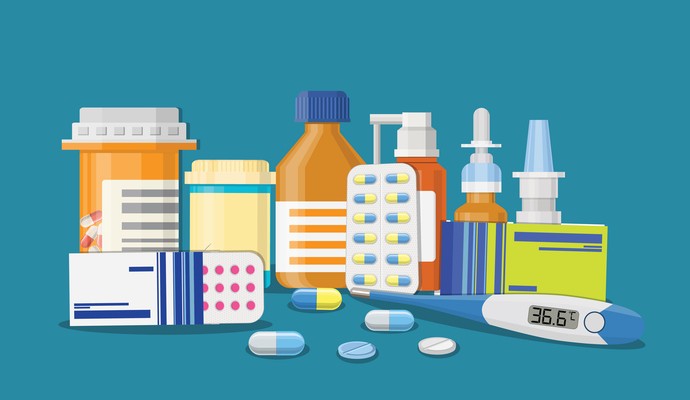Payer Strategies for Improving Member Medication Adherence Rates
Leading strategies include member education, subsidies on drugs, and synchronized refills.

Source: Thinkstock
- Payers are spending billions of dollars annually on medications that aren’t improving the health outcomes, with financial and health literacy proving to be the most common barriers to adherence.
Avoidable healthcare spending totaling between $100 and $300 billion has been attributed to non-adherence, according to a team of researchers from Johns Hopkins University. Beneficiary non-adherence also is linked to the exacerbation of chronic diseases such as COPD and asthma.
Payers can implement several different strategies for improving the medication adherence rates of their health plan members.
The most profitable and successful payer organizations have leveraged these strategies to improve adherence, and other payers can utilize the same techniques in order to improve beneficiary medication adherence.
Supporting member engagement and education
Many large commercial payers facilitate several programs and resources available to improve medication adherence.
Humana encourages pharmacists to consult with beneficiaries in-person, or over the phone. Members that participate in consults receive one-on-one time with pharmacists, where Medicare Advantage members learn about adherence and drug safety education. Another Humana program called RxMentor is a medication therapy management (MTM) program that also provides adherence safety education to members.
Cigna offers a similar service through its CoachRx service, as feature of a member’s pharmacy benefits. The CoachRx service provides beneficiaries at high-risk for nonadherence, and their physicians, educational resources on how to promote adherence. Cigna found that 64 percent of beneficiaries participating in the CoachRx program were better able to adhere to medication plans.
UnitedHealthcare provides its participating providers with various tips and suggestions on how to improve adherence literacy of their patients. UnitedHealthcare suggestions for providers include education on the relationship between a patient’s chronic disease and medication treatment, and the health consequences related to non-adherence.
Increasing patient adherence education has been linked to a rise in medication adherence, according to medication adherence consumer surveys conducted by Deloitte. The research firm found that consumers with access to adherence educational programs such as non-adherence prevention groups, and online access to educational resources about adherence, were more likely to improve adherence rates than consumers without similar educational resources.
Subsidizing medications for low-income beneficiaries
Alleviating financial burdens related medication adherence through subsidies for prescription drugs can improve beneficiary adherence for chronic diseases such as breast cancer, according to research published in the Journal of Clinical Oncology.
A team from the University of Illinois–Chicago found that unsubsidized low-income Medicare beneficiaries were between 60 to 200 percent more likely to discontinue hormonal breast cancer therapy than subsidized women.
Commercial payers implement a variety of subsidies and reduced co-pays as a method to improve beneficiary adherence.
UnitedHealthcare provides subsidies to low-income individuals through a partnership with OptumRx, a service that provides home medication deliveries, and UnitedHealthcare’s Pharmacy Saver Program. UnitedHealthcare’s members may be eligible for $0 co-pays on tier-1 and tier-2 prescription drugs and Medicare Advantage Part D members can receive prescriptions as low as $1.50.
Humana provides $0-dollar co-pays on tier-1 medications for Medicare members through the Humana Pharmacy service. Low-income beneficiaries and Medicare Humana members can search through low-cost prescription options including generic drugs.
Cigna also provides a brand-to-generic program for their members through their in-house pharmacy benefit management program, Cigna Pharmacy Management. The program has allowed Cigna to reduce its payments for average wholesale price of drugs by 22 percent.
Expanding access to synchronized prescription drug refills
Increasing prescription refill access through home delivery can drastically improve medication adherence.
Seventy-five percent of home-delivery patients reported adequate medication adherence compared to just half of individuals that pick up their prescriptions at retail locations. Synchronized drug pick-ups for multiple medications at once can improve diabetes medication adherence by 13 percent.
Humana, which helped facilitate research on synchronized refills, found that beneficiaries with traditionally low adherence can increase their adherence rates by 25 percent through synchronized refills. The payer’s employer pharmacy service allows their members to order maintenance medications three months at a time as a part of health plan prescription drug benefits.
Anthem provides members 24/7 access to their pharmacy benefits where Anthem members can order prescription refills and review previous prescription orders.
Payers that leverage these strategies can foster smarter, cost-effective prescription drug adherence that promotes positive health outcomes for their beneficiaries.
